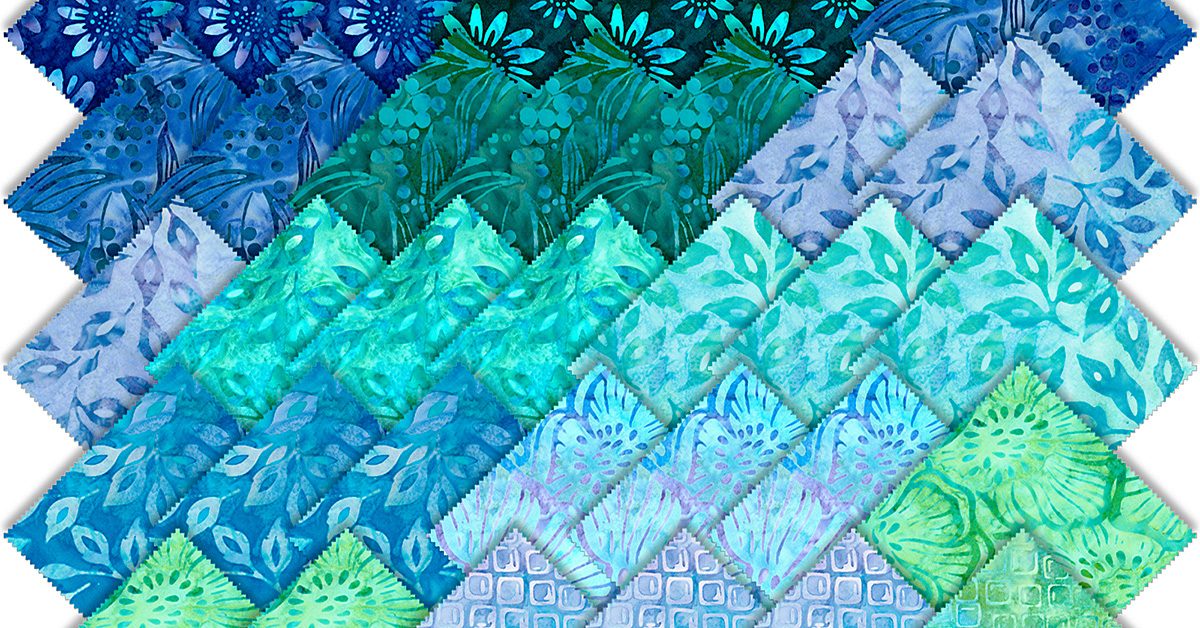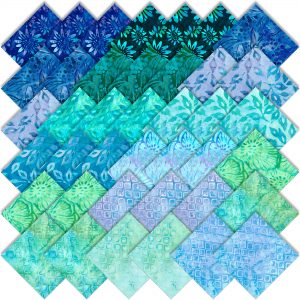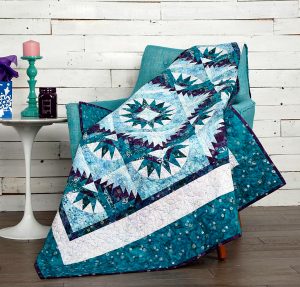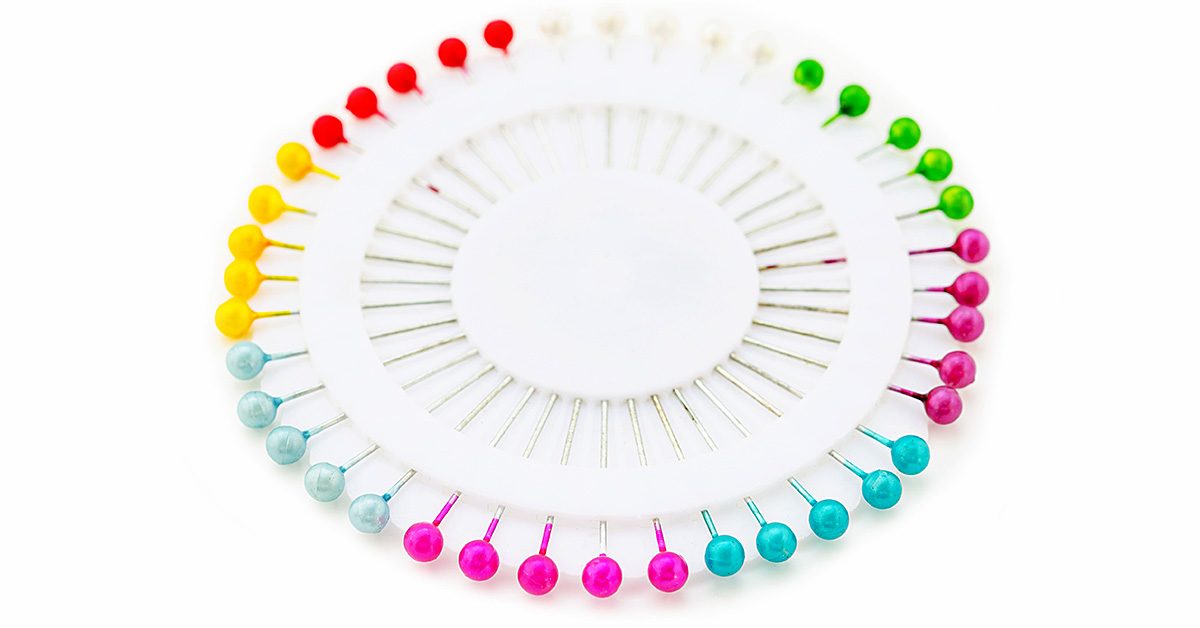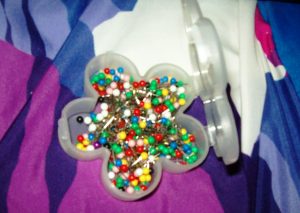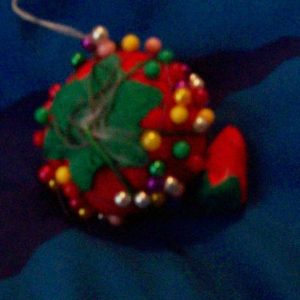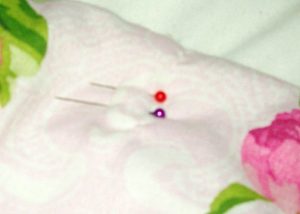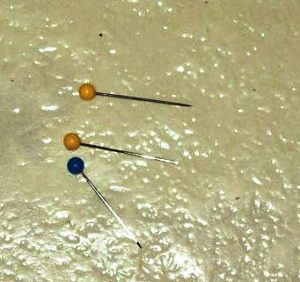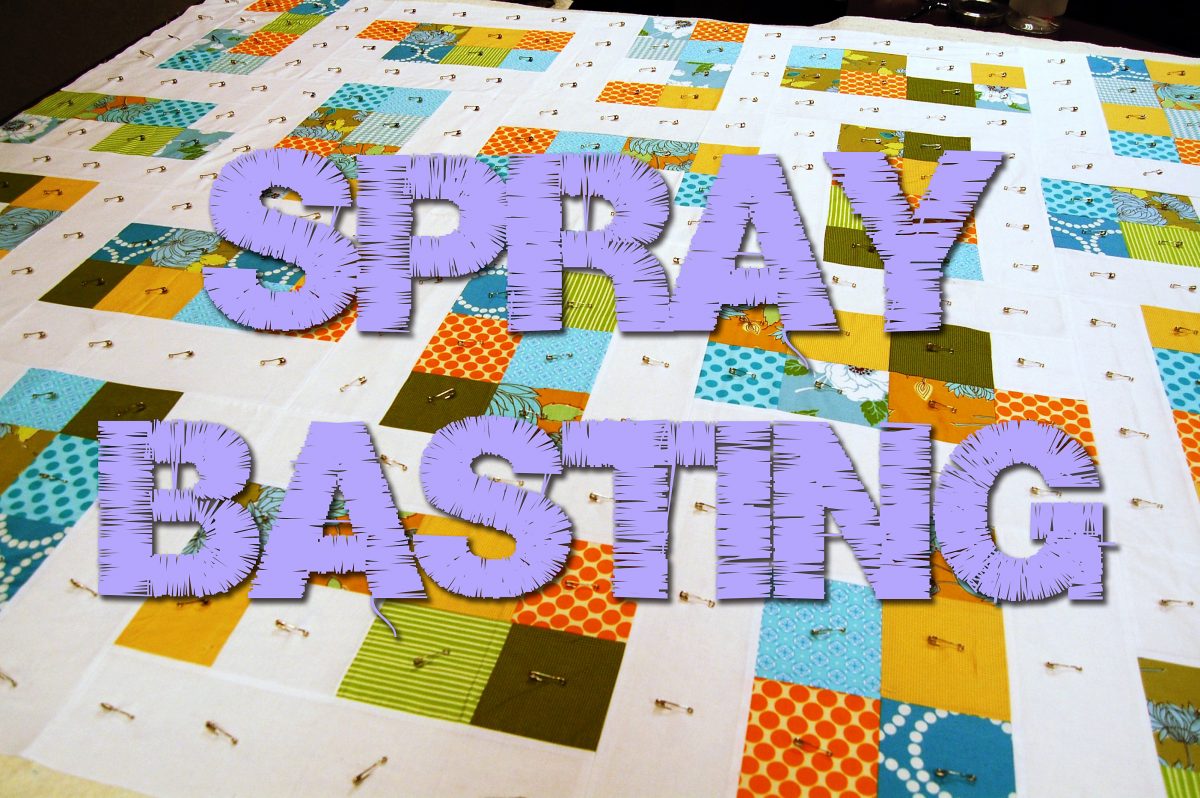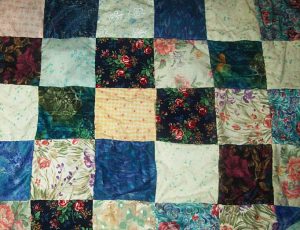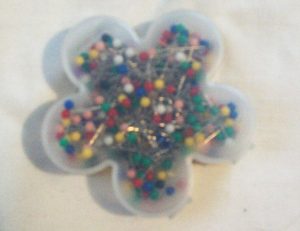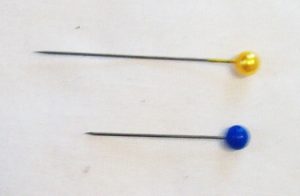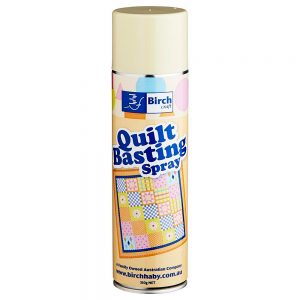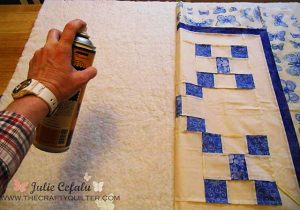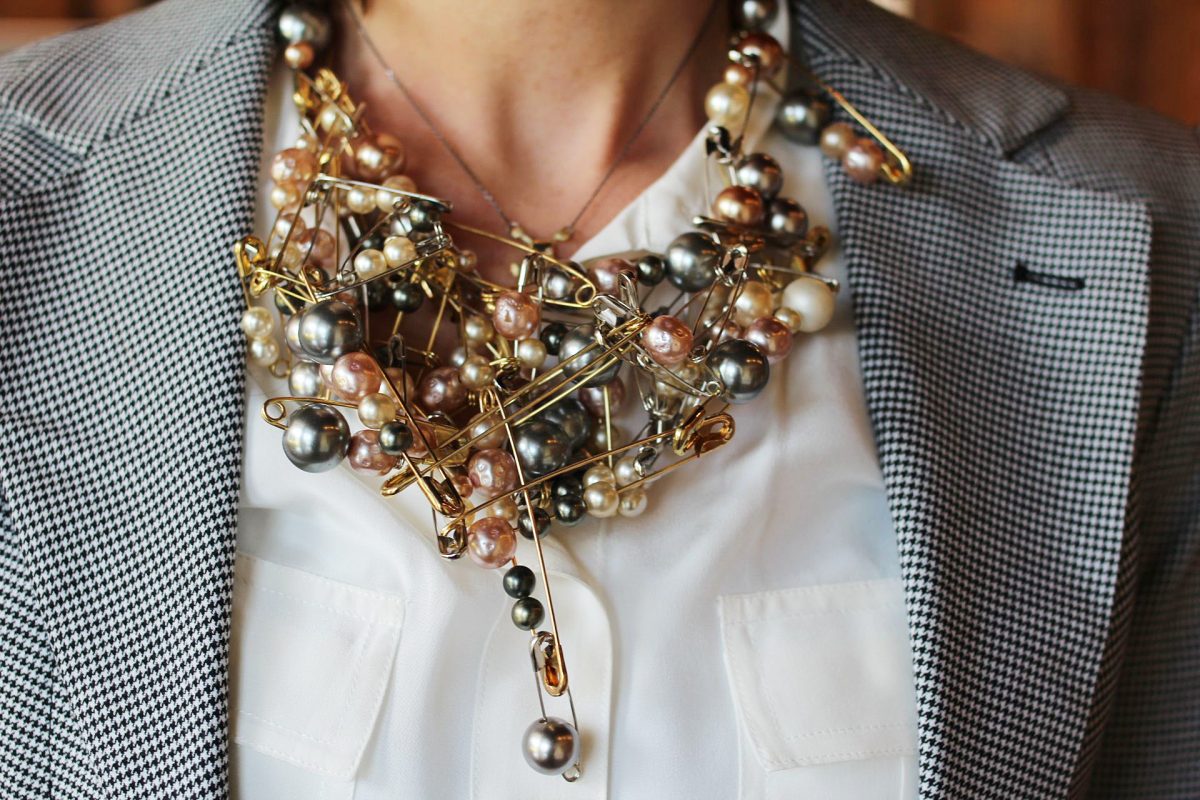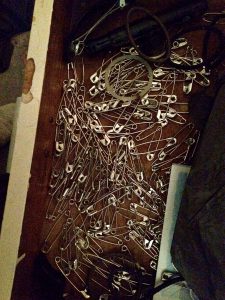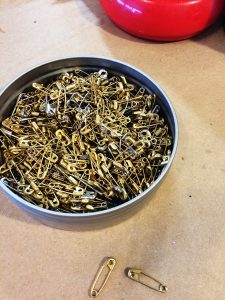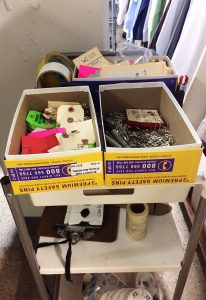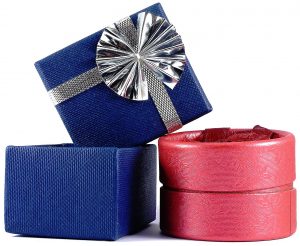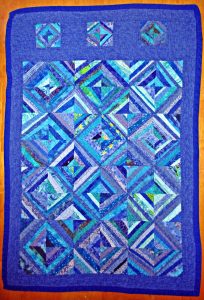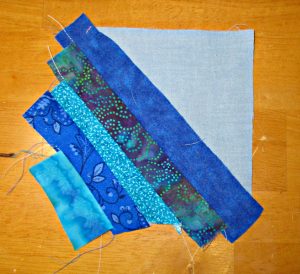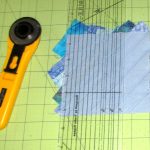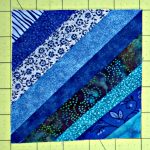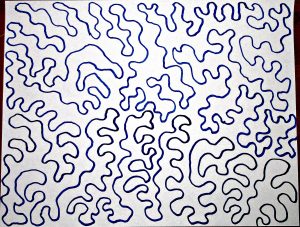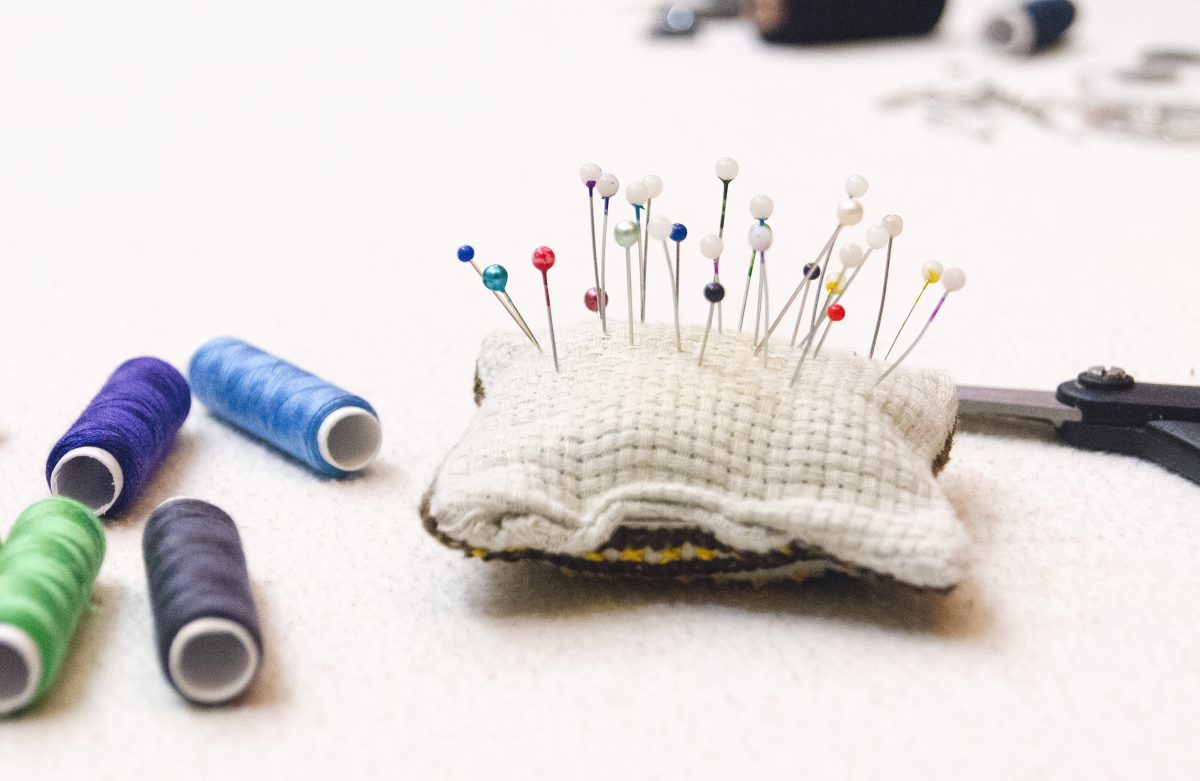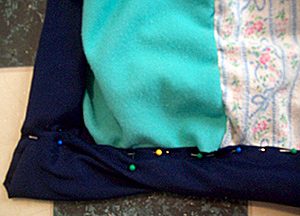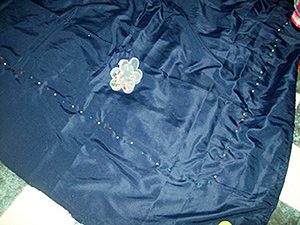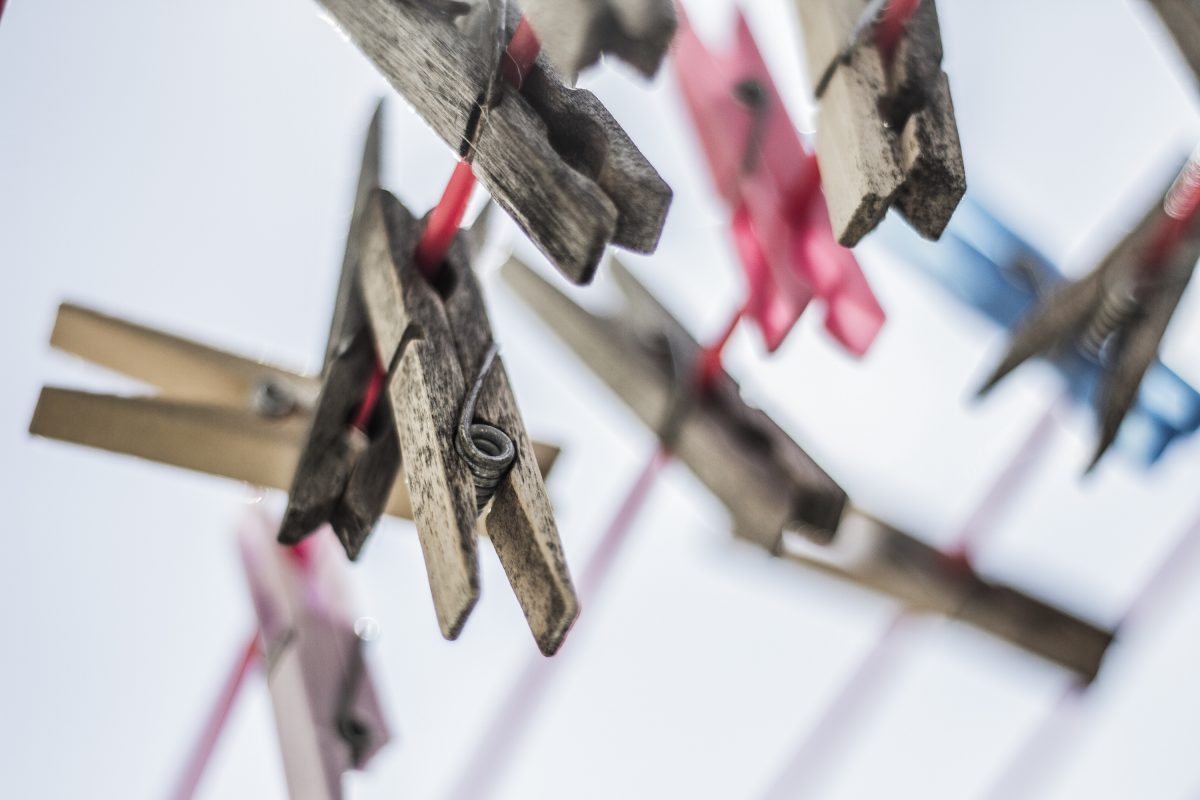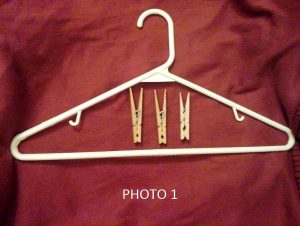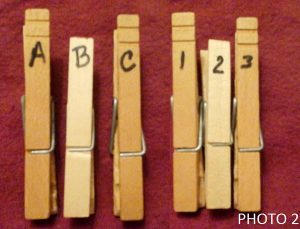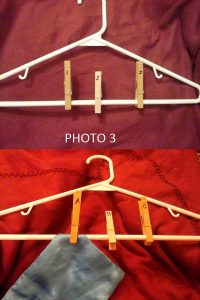French Alteration: Pinning a garment with a note about something you never intend to actually do – and no one ever knows or realizes!
At this point in my tailoring and patternmaking career, I tend to work with the same five or six designers. Mainly, because I enjoy working with them and our fitting styles and fitting room etiquette mesh.
“Fitting styles and fitting room etiquette?” you might ask, “I didn’t know that was a thing.”
Well, when it comes to TV and film fitting rooms, it is definitely a thing. I prefer to work with designers I know and respect because they, in turn, know and respect me. And, most importantly, they let me do my job. Which is to fit a garment on a specific person’s body.
Take it in
My fitting style is to survey the situation for a few minutes, to let the clothing settle on a person so I can see what it’s doing or what it wants to do. Then I go in and start pinning if I need to. Sometimes, I don’t need to, sometimes I can tell what needs to happen just by looking at it.
On the rare occasions these days when I work with someone who doesn’t know me very well, they often want me to rush right in and start pinning away before I’ve had a chance to actually look at things. Or, one of my big annoyances, they yank in the center back waist of a thing so the side seams are pulled all wonky and tell me I need to “take it in”.
Well, yes, it does need to be taken in, but not like that.
Fit preference
Sometimes they’ll even do this to a jacket without buttoning the front buttons, which means if I did take it in the amount they’ve grabbed, the jacket would never, ever, in a million years, be able to close.
I try to be as nice as possible and say, yes, I see that. Now, can you please let go so I can see what’s going on?
Costume Designers definitely have their own preferences when it comes to fit and hem lengths and stuff. I’m completely ok with that and will fit things how they like them fit but I’m not going to do something that will end up looking bad in the end (and for which, I’ll be the one who is blamed because, as in most things, people tend to blame the last person who touched a thing if something is wrong with said thing).
We tailors have this little term we use called a French Alteration. It’s when you pin something or write a note about something as if you’re going to do it but never actually do and no one ever knows or realizes.
Anyway, so back to fitting room etiquette. If there’s a designer in the room, I let them do all the talking and or schmoozing about how good something looks on someone. I just like to concentrate and do my job. Some tailors like to chat (which is perfectly cool if that’s your thing) but I like to listen to what the clothes are trying to tell me.
Brand fitting
One thing I’ve noticed about some designers is that they don’t always seem to understand that brands are cut differently and certain labels look better on certain people. Sometimes, you need to go through a whole slew of suit jackets to find the one that fits a specific body type the best. I can do pretty much any alteration but after a point its sort of foolish to spend a crazy amount of time altering a thing when you could possibly find a cut of jacket that works with minimal alterations. Like, if you need to shorten the body of a suit jacket, maybe you should buy a short (as in a 40short or something). Men’s suit jackets come in longs, regulars, and shorts for a reason. Use them.
I know I’ve mentioned this before but, one of my favorite designers to work for is Frank Fleming who, among all sorts of other things, is the Costume Designer for the show Power. Frank is the master at finding which suit brand and cut fits best on which actor. He can even usually tell which one is going to be best by just looking at an actor. I love that, ‘cause as much as I enjoy taking a suit jacket sleeve out, re-cutting the back and or shoulders and resetting the sleeve (not really), why not just start with a suit jacket that works on a specific body type and not do that?
I never went to school for costume design so I don’t know if they teach this little idea but, they should. It’s a huge time saver. And it really just makes sense.


